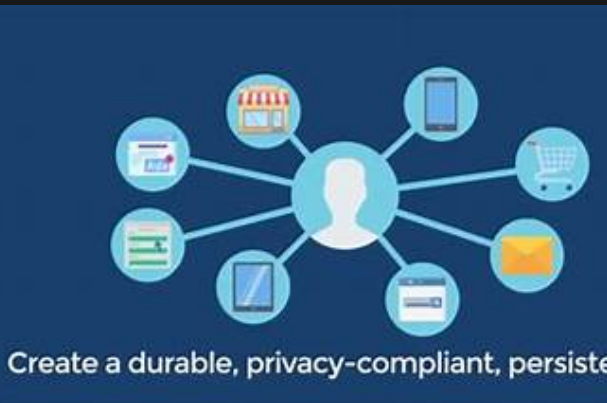In the age of data-driven decision-making, businesses are increasingly turning to identity resolution to gain a comprehensive understanding of their customers. Effective identity resolution is not just about linking data points; it’s about creating a seamless, unified view of the customer. In this article, we explore key best practices that can guide businesses in navigating the complexities of identity resolution and harnessing its full potential.
1. Start with a Solid Foundation: Data Quality Matters
The success of identity resolution hinges on the quality of data. Before embarking on the journey of connecting customer identifiers, businesses must ensure that their data is accurate, up-to-date, and free of errors. Regularly audit and cleanse data to eliminate duplicates, correct inaccuracies, and maintain a standardized format. A solid data foundation is essential for accurate identity resolution.
2. Understand Your Objectives: Align Identity Resolution with Business Goals
Identity resolution should not be a standalone endeavor; it should align with broader business objectives. Clearly define what you aim to achieve through identity resolution – whether it’s improving customer personalization, enhancing marketing effectiveness, or streamlining operations. This alignment ensures that your identity resolution efforts contribute directly to the overall success of the business.
3. Implement Cross-Channel Integration
Customers today interact with businesses across a multitude of channels, from websites and mobile apps to social media and in-store experiences. Effective identity resolution requires the integration of data from these diverse channels to create a unified customer profile. Cross-channel integration provides a holistic view, allowing businesses to understand how customers move seamlessly between different touchpoints.
4. Respect Data Privacy: Obtain Explicit Consent
As the custodians of customer data, businesses must prioritize data privacy and comply with regulations such as GDPR, CCPA, and others applicable to their regions. Obtain explicit consent from customers for data usage, and be transparent about how their information will be handled. Building trust through ethical data practices is essential for successful identity resolution.
5. Leverage Advanced Analytics and Machine Learning
To enhance the accuracy and efficiency of identity resolution, businesses should leverage advanced analytics and machine learning algorithms. These technologies can identify patterns, correlations, and relationships within the data that may not be apparent through manual processes. Machine learning can adapt to changing customer behaviors and improve the precision of identity resolution over time.
6. Establish a Unique Customer Identifier
A crucial aspect of identity resolution is establishing a unique customer identifier. This identifier serves as the key to linking various data points and creating a cohesive customer profile. Whether it’s an email address, a customer ID, or another unique identifier, consistency is key. Ensure that this identifier is persistent across channels and touchpoints.
7. Develop a System for Real-Time Updates
Customer information is dynamic and subject to change. A customer’s preferences, contact details, and behaviors may evolve over time. Establish a system for real-time updates to ensure that customer profiles are always current. This could involve integrating with CRM systems, regularly syncing data, and employing automated processes to capture changes promptly.
8. Enable Customer-Controlled Profiles
Empower customers by allowing them to control their profiles. Provide options for customers to update their information, set preferences, and manage their consent settings. A customer-controlled approach not only respects privacy but also ensures the accuracy of the information within the profile.
9. Test and Iterate: Continuously Improve
Identity resolution is not a one-time project but an ongoing process of refinement. Implement changes in phases, and continuously test and iterate on your identity resolution strategies. Solicit feedback from users and stakeholders, monitor the accuracy of customer profiles, and be agile in adapting to evolving requirements and technologies.
10. Educate and Train Your Team
Effective identity resolution requires a collective effort across different departments, including marketing, IT, and customer service. Educate and train your team members on the importance of identity resolution, data privacy best practices, and the impact on customer experiences. Building a culture of understanding and collaboration is key to successful implementation.
Conclusion
Identity resolution is a powerful tool that, when implemented with precision and care, can provide businesses with unparalleled insights into their customers. By adhering to best practices such as maintaining data quality, aligning with business goals, andrespecting privacy, businesses can navigate the complexities of identity resolution successfully. The journey to a unified customer view requires continuous improvement, adaptability, and a commitment to delivering personalized and seamless experiences. As businesses strive to connect the dots in the data maze, effective identity resolution emerges as a compass guiding them toward a deeper understanding of their customers.
